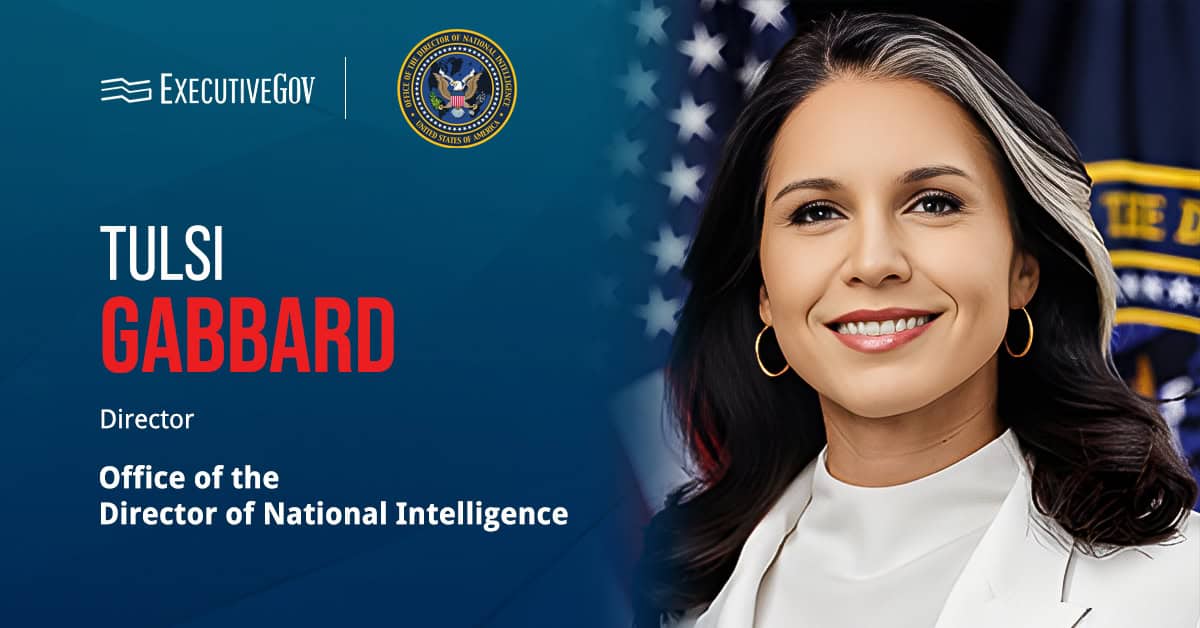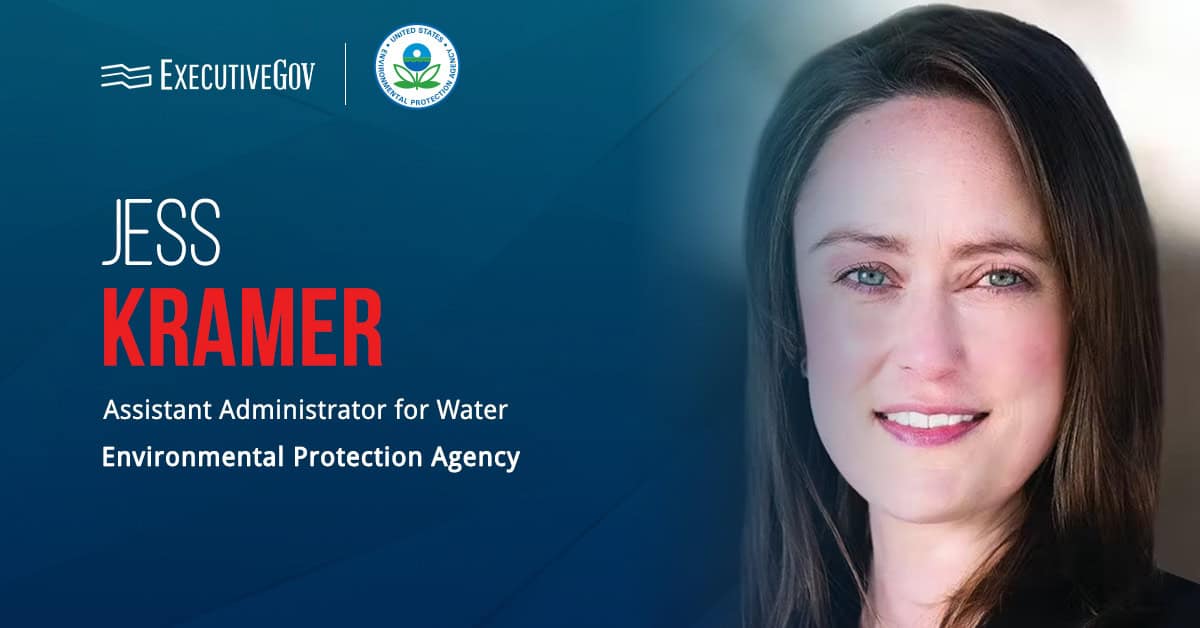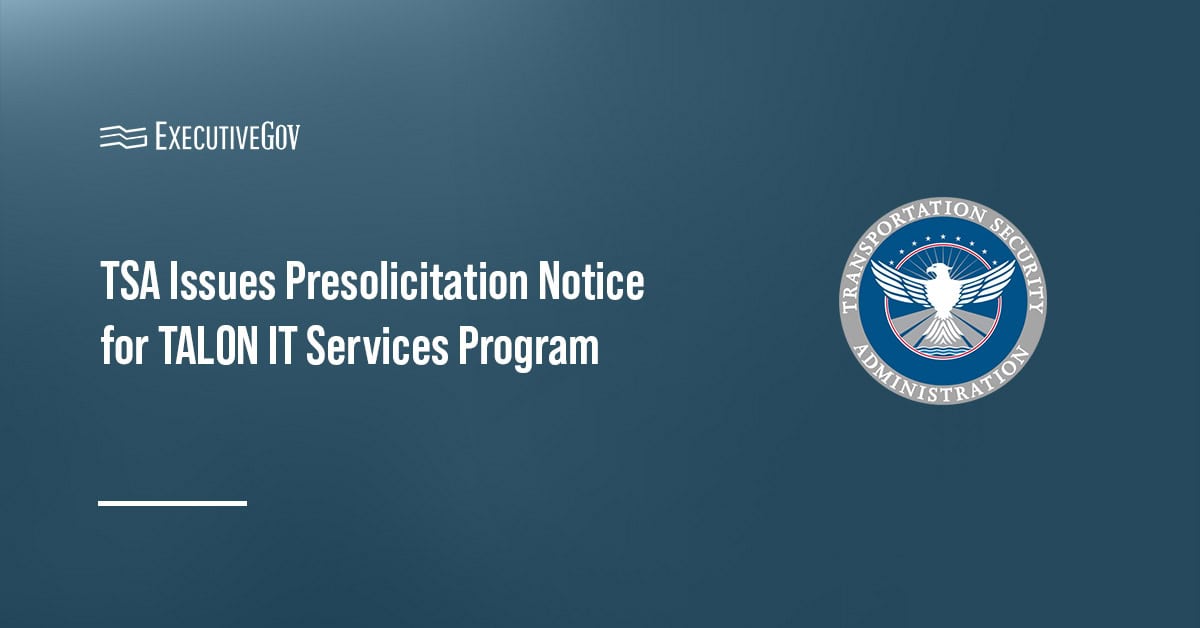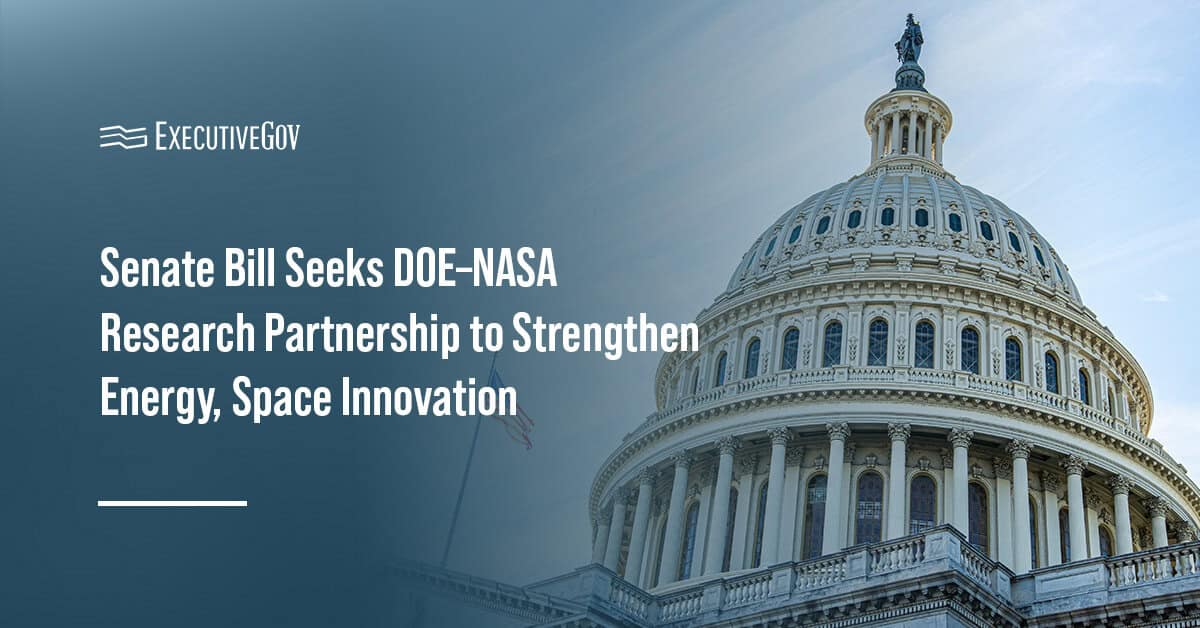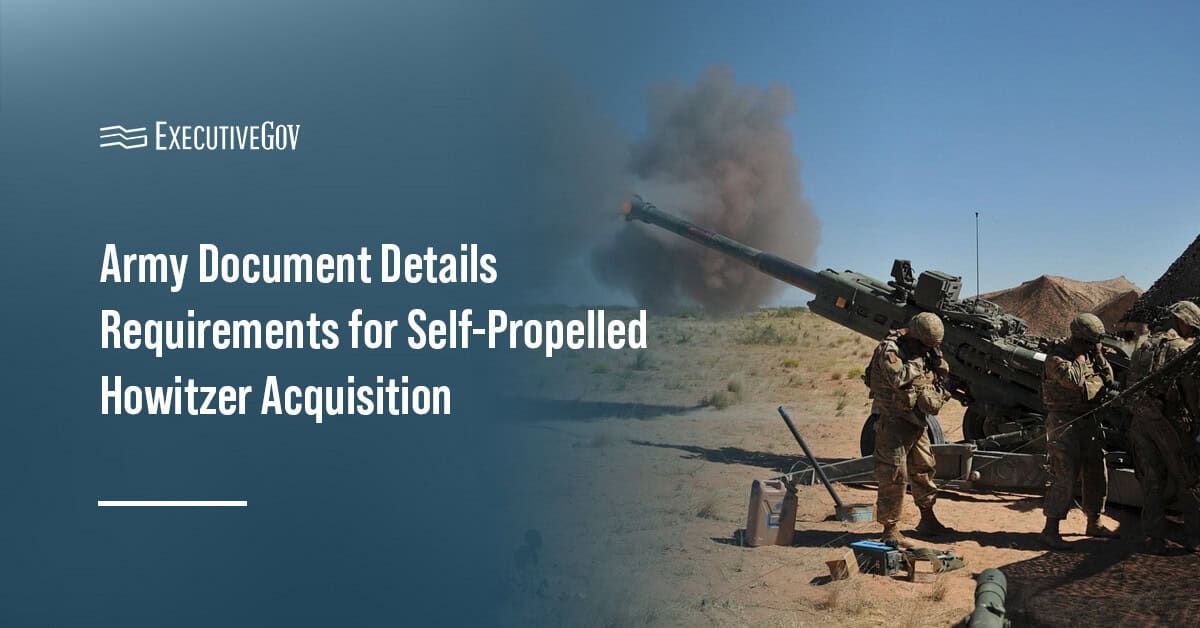The U.S. Army has started using an AI-enabled tool to help simplify and modernize its acquisition process by identifying and eliminating outdated or redundant requirements. Part of an initiative called CORA, reversing the AROC acronym of the Army Requirements Oversight Council, the AI-based effort aims to make the Army’s acquisition system more efficient across weapons, software and other procurement areas, Breaking Defense reported Friday.
Joe Welch, executive deputy to the commanding general of the Army Futures and Concepts Center, told media on the sidelines of the recent AUSA conference that CORA uses AI to review existing procurement listings, discard inactive and irrelevant items, and consolidate overlapping requirements into broader categories.

AI is now an integral part of how the U.S. military and the federal government are processing information and complex systems functions, one of the areas that the Potomac Officers Club’s 2026 Artificial Intelligence Summit will cover come March 19. Secure your seat now for this sixth edition of the conference where representatives from Department of Defense components, federal agencies and the GovCon industry will discuss strategies and future plans for AI, machine learning and automation.
According to an Army spokesperson, the AI tool, which was not identified, has examined 3,577 requirements, flagging 1,500 as inactive and 2,077 as active. Of the active group, Army leaders identified 516 for potential inactivation. So far, 215 have been officially deactivated and another 130 are under review.
Requirement owners are given 30 days to request a reconsideration if they believe an item should remain active and up to 180 days to present their case. If no action is taken, the requirement is automatically removed after the initial 30-day period.
“We don’t want to inadvertently cut something that’s important,” Welch pointed out. But with nobody making a strong case against an inactivation, “that’s a good indicator for us,” he added.
Some deactivated requirements are not being discarded entirely but merged into larger programs. For example, several individual requirements linked to the Next Generation Command and Control initiative, designed to integrate intelligence, C2 and fires, were consolidated into a single Characteristics of Need category.






